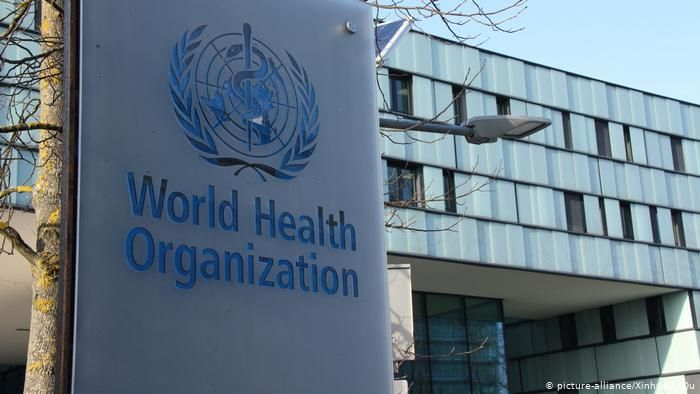WHO is launching a global scientific process to update the list of priority pathogens—agents that can cause outbreaks or pandemics—to guide global investment, research and development (R&D), especially in vaccines, tests and treatments, according to the official website of the organization.
Starting with a meeting held last Friday, 18 November, WHO is convening over 300 scientists who will consider the evidence on over 25 virus families and bacteria, as well as “Disease X.” Disease X is included to indicate an unknown pathogen that could cause a serious international epidemic. The experts will recommend a list of priority pathogens that need further research and investment. The process will include both scientific and public health criteria, as well as criteria related to socioeconomic impact, access, and equity.
The list was first published in 2017 and the last prioritization exercise was done in 2018. The current list includes COVID-19, Crimean-Cong haemorrhagic fever, Ebola virus disease and Marburg virus disease, Lassa fever, Middle East respiratory syndrome (MERS) and Severe Acute Respiratory Syndrome (SARS), Nipah and henipaviral diseases, Rift Valley fever, Zika and Disease X.
“Targeting priority pathogens and virus families for research and development of countermeasures is essential for a fast and effective epidemic and pandemic response. Without significant R&D investments prior to the COVID-19 pandemic, it would not have been possible to have safe and effective vaccines developed in record time,” said Dr Michael Ryan, Executive Director of WHO’s Health Emergencies Programme.
For those pathogens identified as priority, the WHO R&D Blueprint for epidemics develops R&D roadmaps, which lay out knowledge gaps and research priorities. Where relevant, target product profiles, which inform developers about the desired specifications for vaccines, treatments and diagnostic tests, are developed. Efforts are also made to map, compile and facilitate clinical trials to develop these tools. Complimentary efforts – such as to strengthen regulatory and ethics oversight – are also considered.
“This list of priority pathogens has become a reference point for the research community on where to focus energies to manage the next threat,” said Dr Soumya Swaminathan, WHO Chief Scientist. “It is developed together with experts in the field, and is the agreed direction for where we—as a global research community—need to invest energy and funds to develop tests, treatments and vaccines. We thank our donors like the US government, our partners, and the scientists who work with WHO to make this possible.”
The revised list is expected to be published in the first quarter of 2023.
More about: #WHO
















































